When you think about superhero games, there’s usually a checklist: Flashy costumes? Check. Iconic powers? Check. Epic battles? Double check. But Marvel Rivals is doing something that’s making players sit up and take notice—it’s focusing on how it actually feels to be a superhero, not just how it looks.
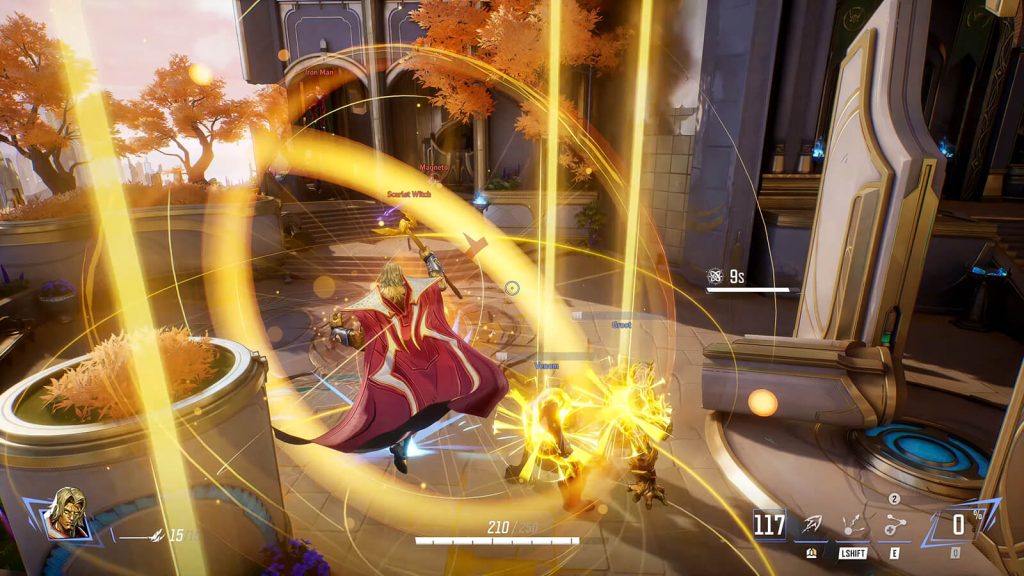 Old territory, new tricks. | Image Credit: NetEase Games
Old territory, new tricks. | Image Credit: NetEase GamesThree weeks into its launch, and NetEase Games’ hero shooter has already proven that there’s more to creating a compelling superhero experience than just copying what works elsewhere. While skeptics were quick to dismiss it as “Overwatch with capes,” the game has been busy rewriting the rules of what players should expect from the genre.
It turns out that when you build a game around the core fantasy of being a superhero—that raw, visceral feeling of wielding earth-shattering power—something special happens. And with 20 million players joining the fight in just two weeks, it seems NetEase might be onto something revolutionary.
The art of making players feel truly super
When the team of passionate developers at NetEase set out to create Marvel Rivals, they faced a challenge that has likely stumped many before them: How do you translate the raw power of Marvel‘s heroes into something that players can actually feel?
As game director Thaddeus Sasser explained in a recent interview with Video Gamer:
It sounds kinda cheesy, but the reality of it is that you’re trying to create that immersion, that engagement, right?
This philosophy goes far beyond simply recreating iconic abilities from the comics. Take Iron Man, for instance. Anyone can program repulsor blasts and flight mechanics, but making players truly feel like they’re Tony Stark? That’s a different challenge entirely. As Sasser elaborates:
Let’s say we’re delivering on Iron-Man. Well, he better have a really cool iron suit that can fly really fast and fire repulsor blasts. That’s pretty key to his identity, and that needs to feel cool and powerful because Iron-Man is a very powerful hero.
But it’s not just about the heroes themselves. The team realized that to sell the superhero fantasy, the world itself needed to react appropriately to these titans clashing. Enter one of the game’s most impressive features: its destruction system. As Sasser enthusiastically notes:
As a superhero, one of my core fantasies is I wanna wreck the world… because as a superhero you want to feel powerful, you want to feel like you can change the world. Destruction, I think, really ties into that in a nice way.
This attention to environmental interaction isn’t just window dressing—it’s fundamental to making players feel like they’re wielding genuine superhuman power. When Magneto tears apart a building to use as projectiles, or Hulk smashes through walls like they’re made of paper, it creates a sense of impact that mere damage numbers could never achieve.
Breaking new ground in familiar territory
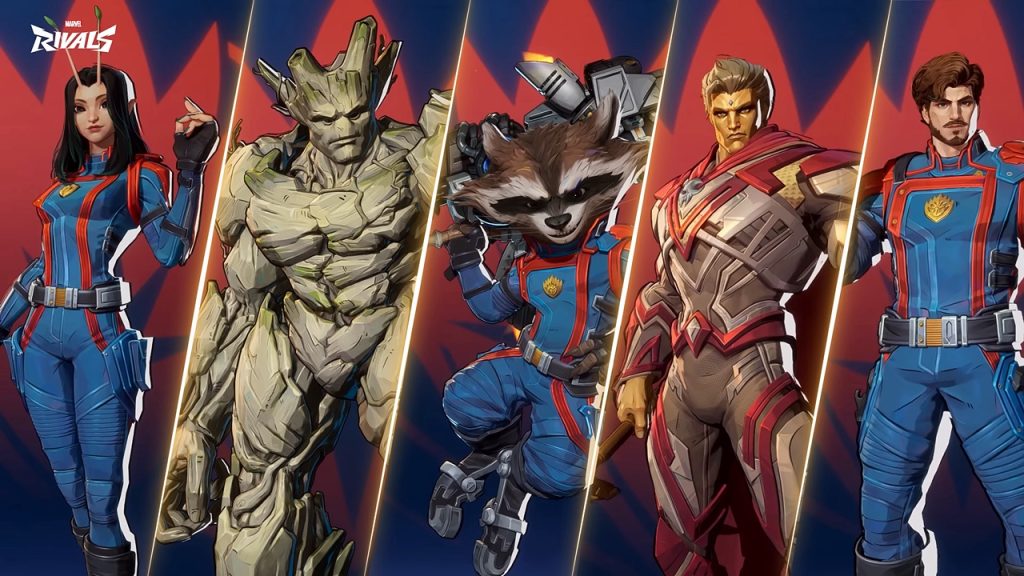 Not just another hero shooter in spandex. | Image Credit: NetEase Games
Not just another hero shooter in spandex. | Image Credit: NetEase GamesWith over 30 playable characters at launch, you might think Marvel Rivals would struggle to make each hero feel distinct. Yet somehow, NetEase has managed to give each character their own emotional fingerprint. It’s not just about different abilities—it’s about capturing the essence of what makes each hero unique.
The development process wasn’t always smooth sailing. As Sasser reveals:
You layer in effect and effect and what it ends up making actually looks like a game. There’s a lot to how you represent that experience, how you create that immersion, that engagement for your players.
This layered approach to design shows in every aspect of the game. Spider-Man doesn’t just web-swing; he moves with the acrobatic flair that’s defined the character for decades. Doctor Strange’s spells aren’t just colorful projectiles; they tear at the fabric of reality itself. Each hero’s abilities feel less like tools in a competitive shooter and more like extensions of their comic book personalities.

The numbers speak for themselves—nearly 500,000 concurrent players on Steam during its first weekend isn’t just impressive, it goes to show how hungry players were for a hero shooter that truly gets what makes superheroes super. While other games in the genre over-focus on competitive balance and esports potential, Marvel Rivals dares to put the power fantasy first.
Perhaps most importantly, the game proves that even in a crowded market, there’s always room for innovation when you focus on the right things. By prioritizing how players feel over traditional genre conventions, NetEase has created something that manages to feel both familiar and revolutionary—at the same time, no less.
What do you think about Marvel Rivals‘ approach to superhero gameplay? Has the game succeeded in making you feel like a true Marvel hero? Share your thoughts in the comments below!
.png)
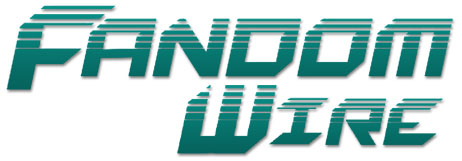 1 week ago
21
1 week ago
21
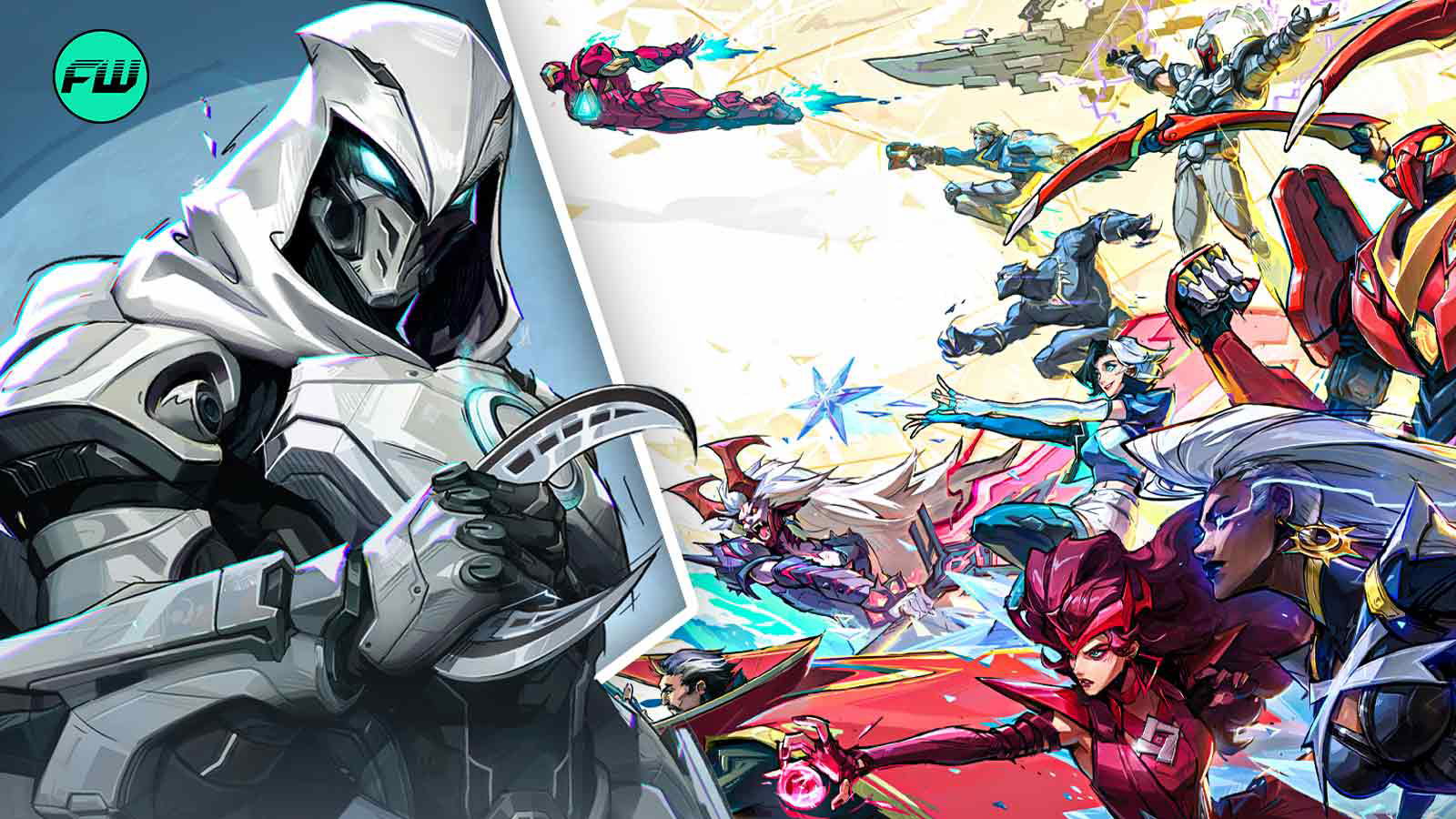

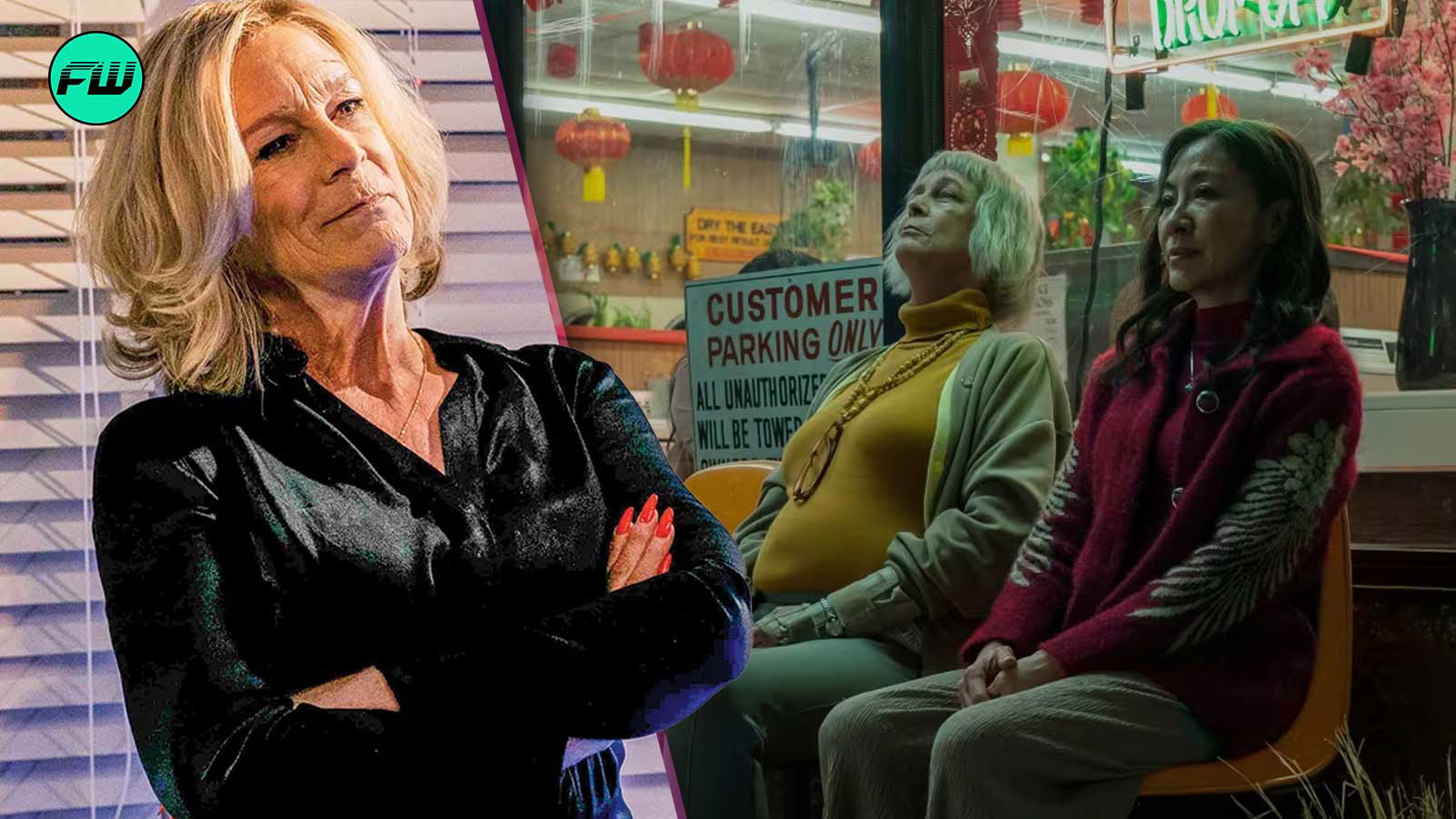
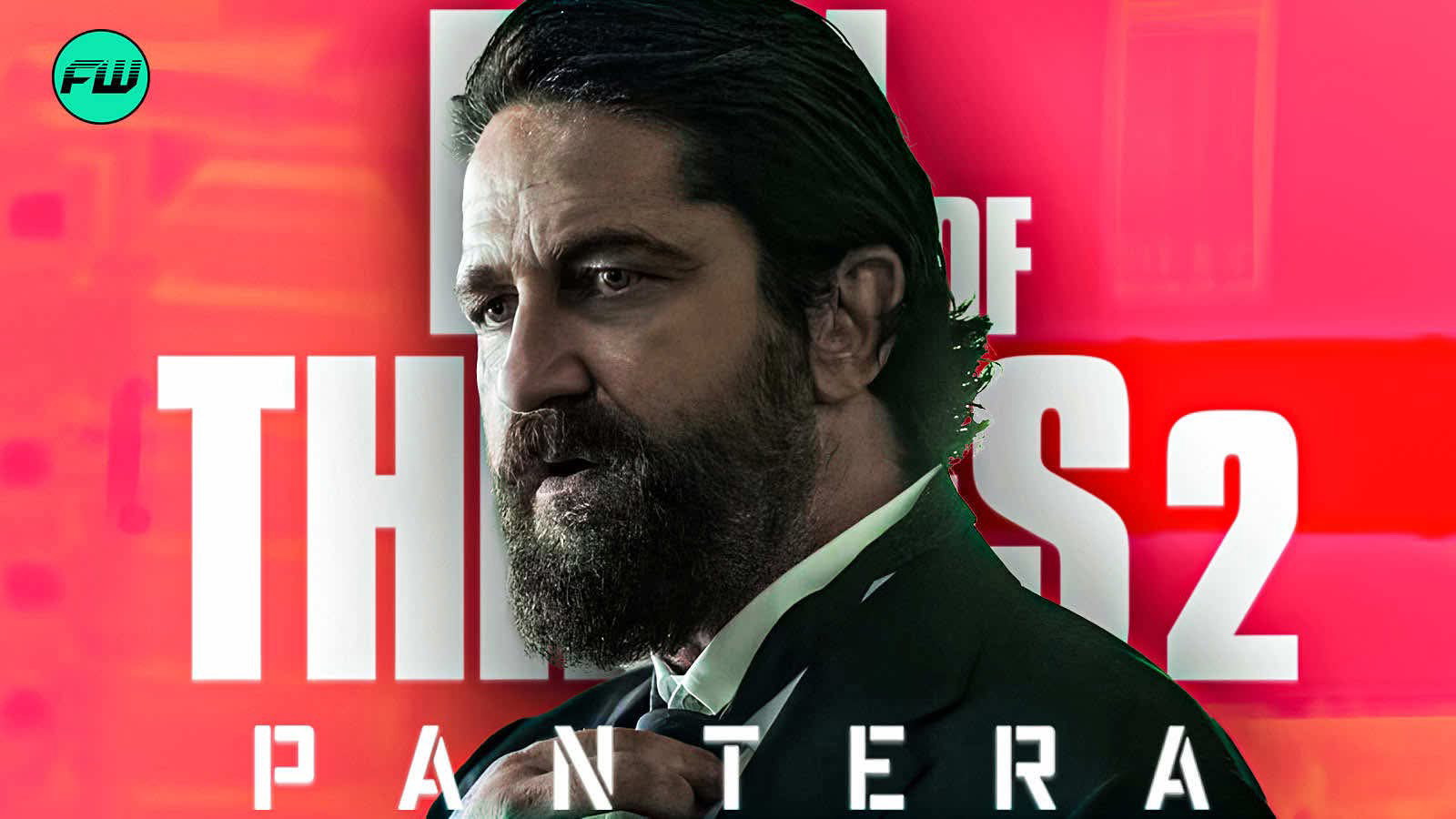
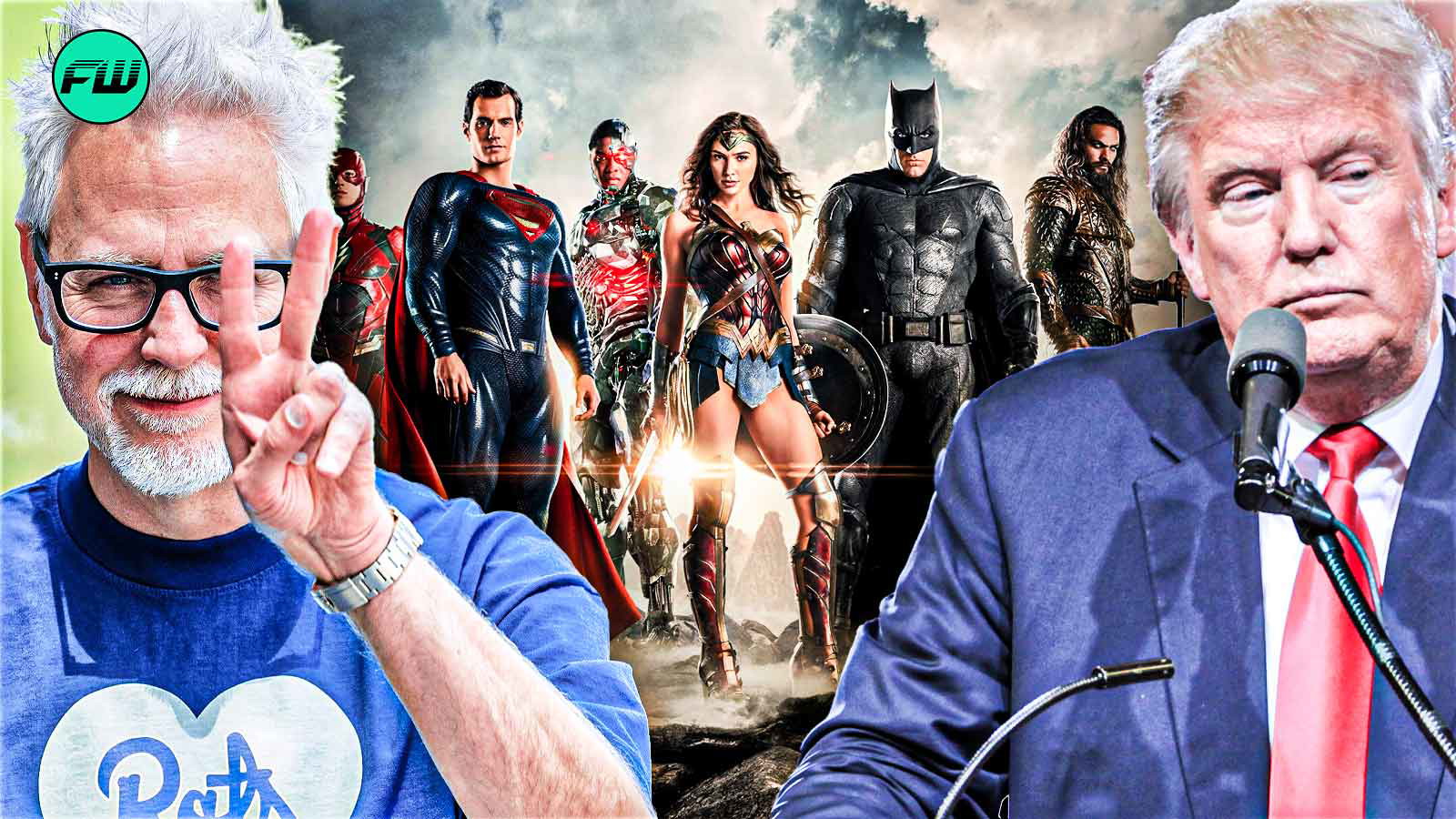

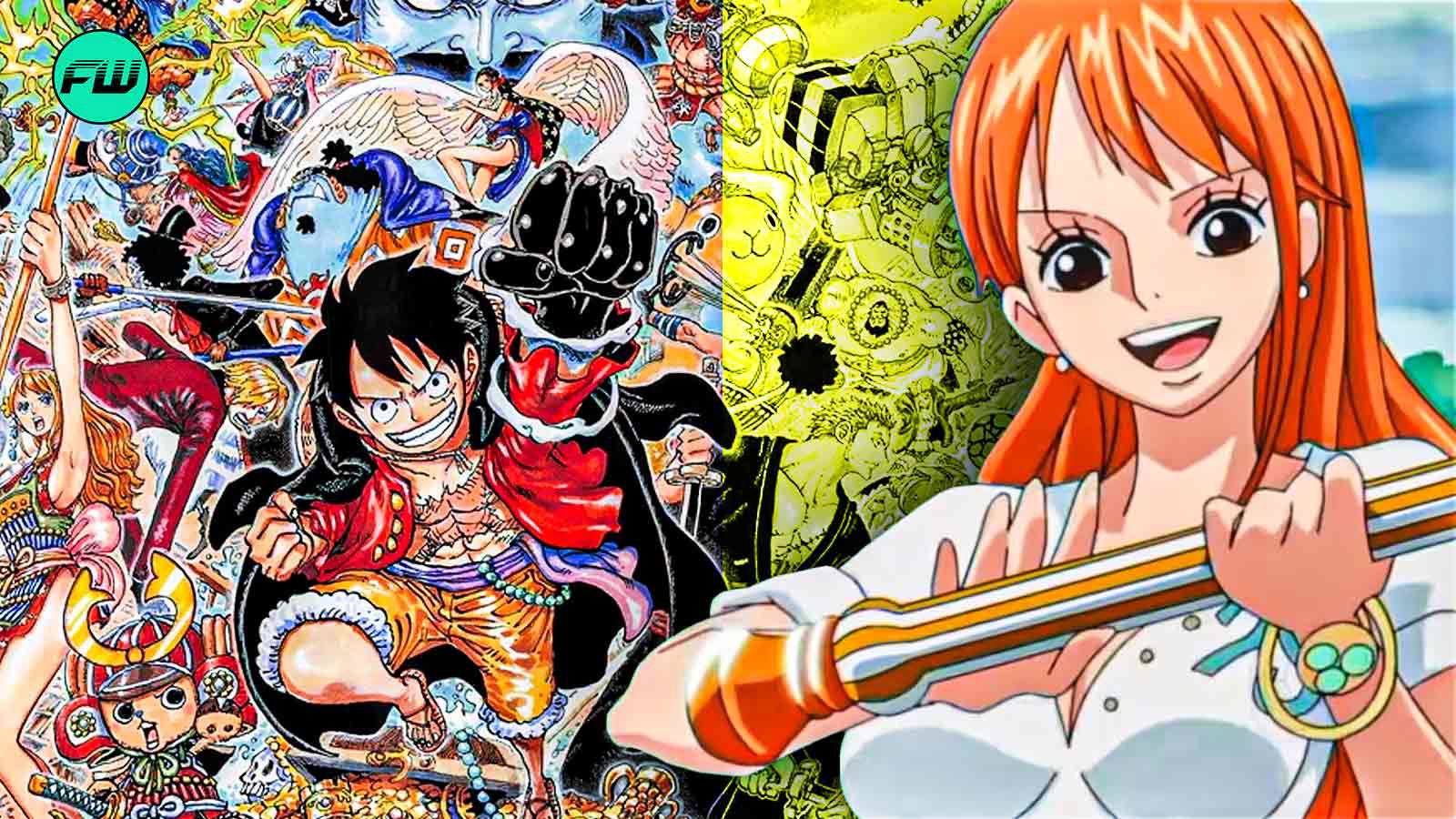
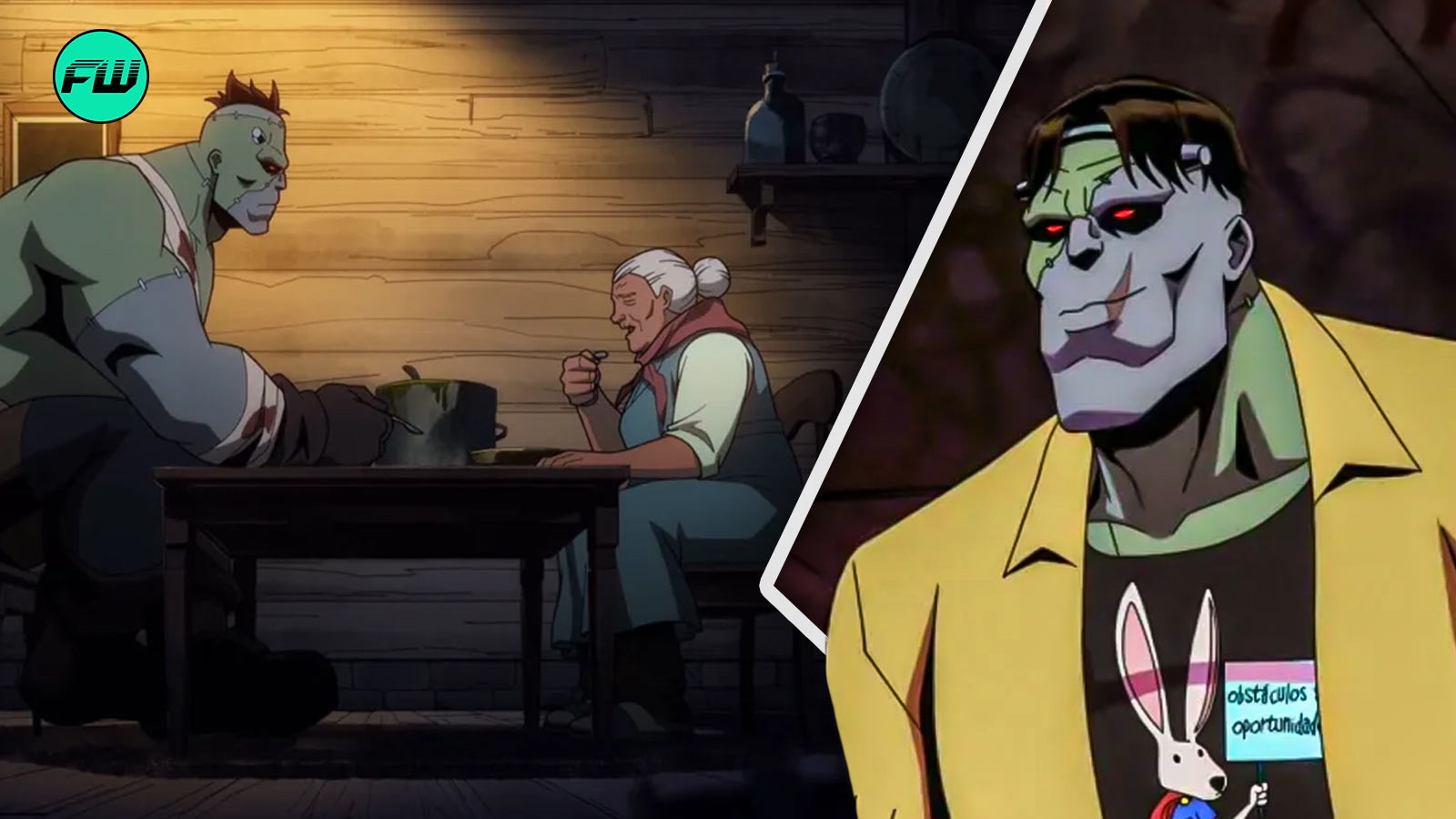
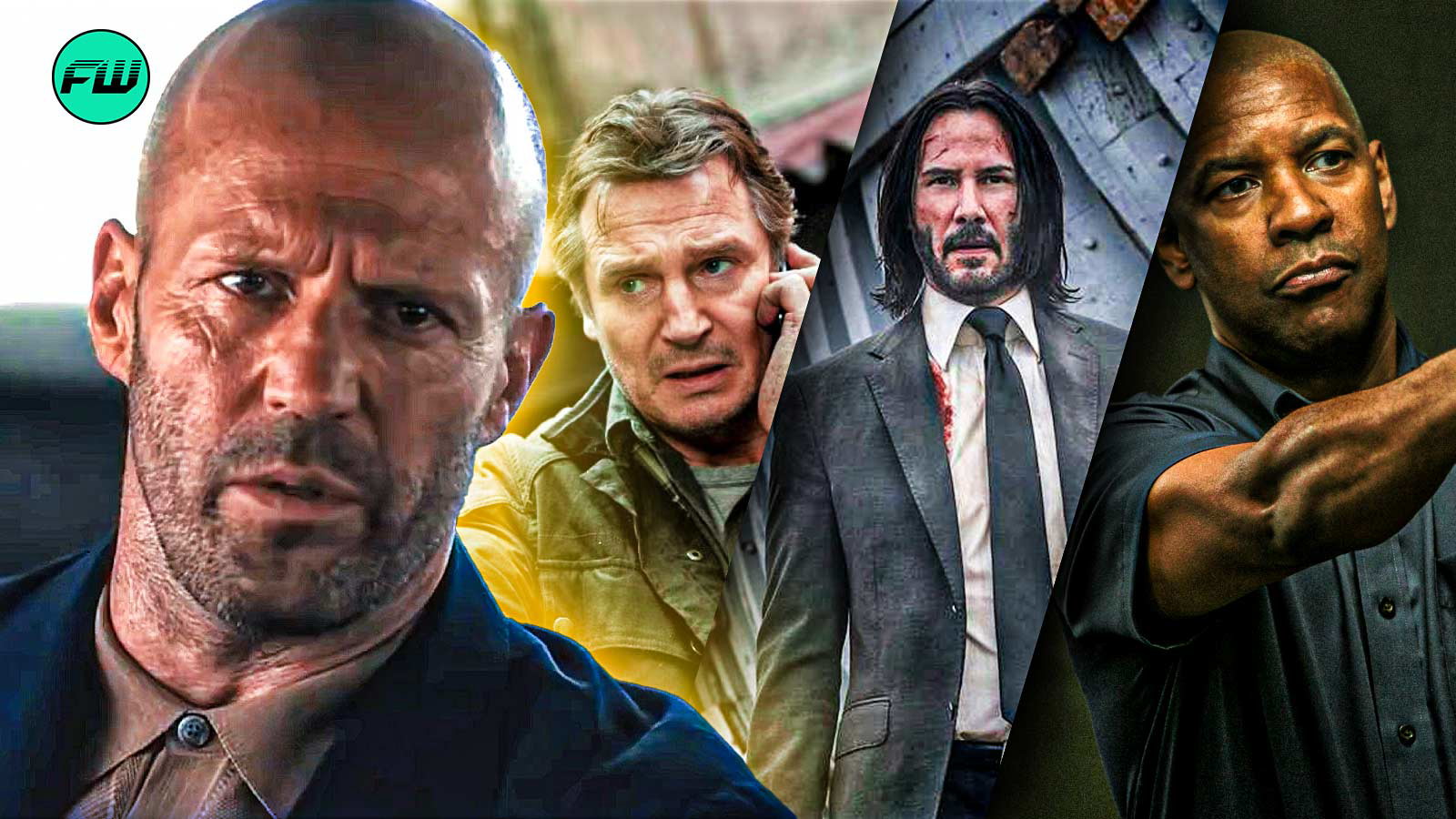
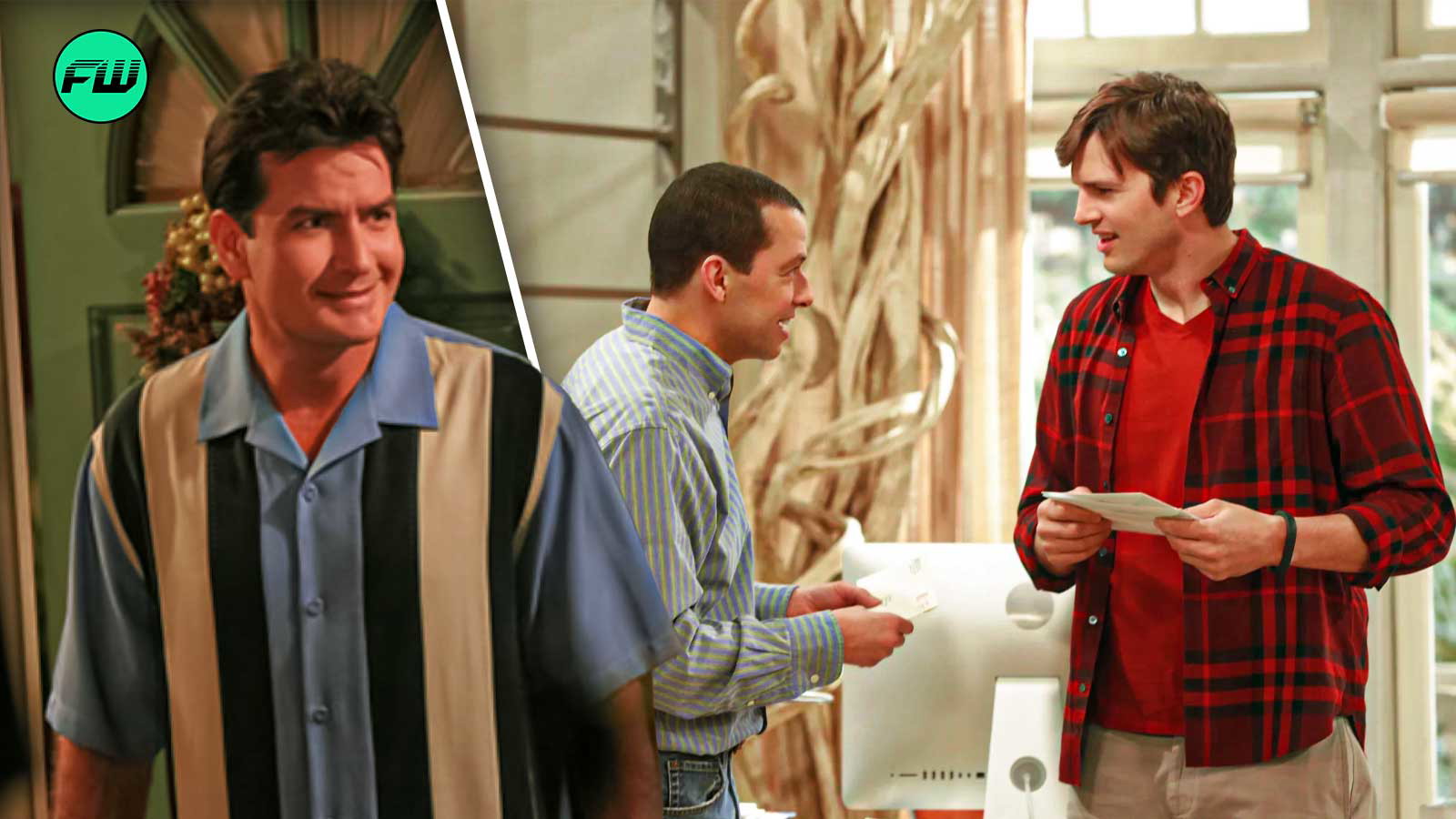


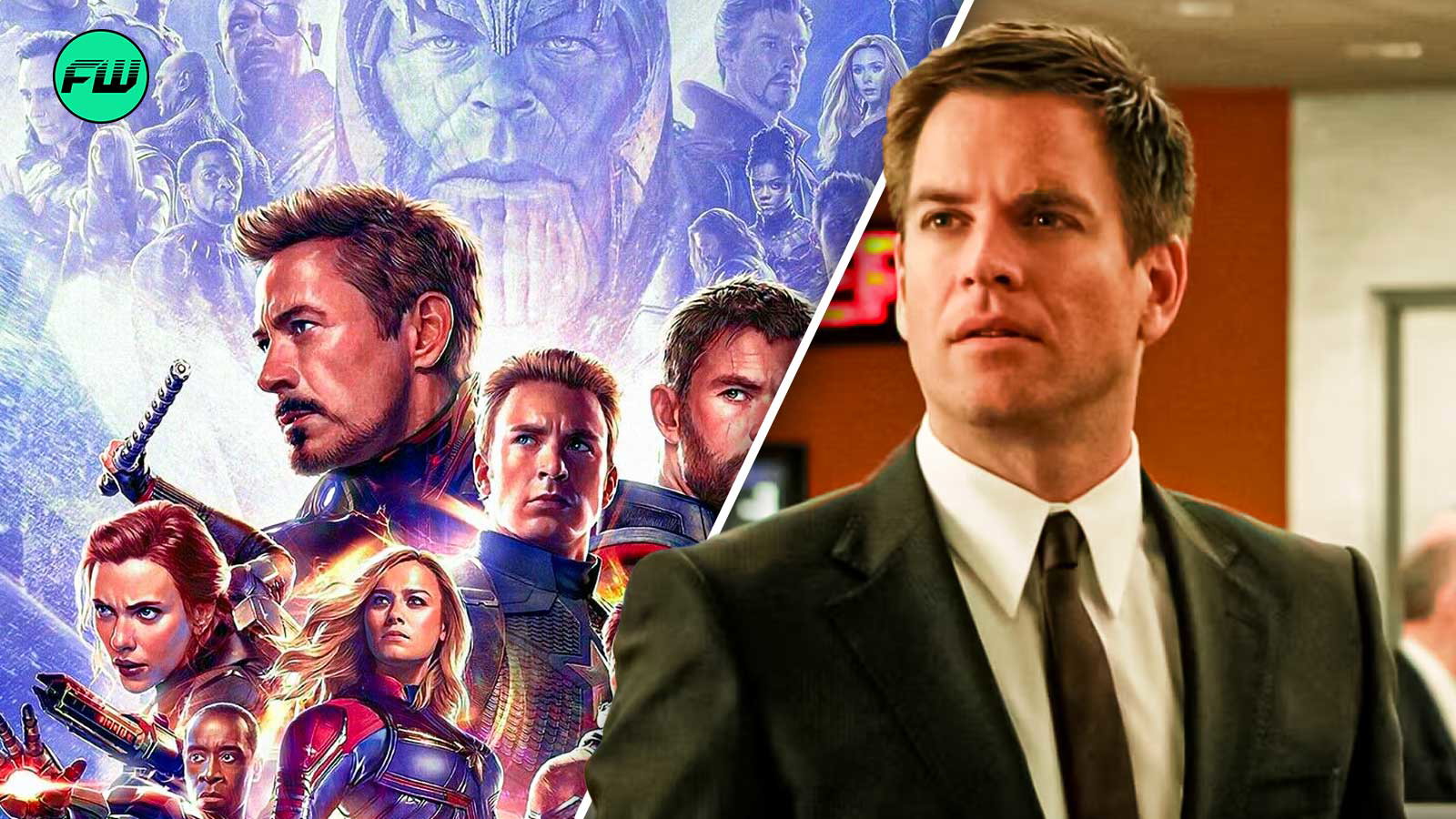
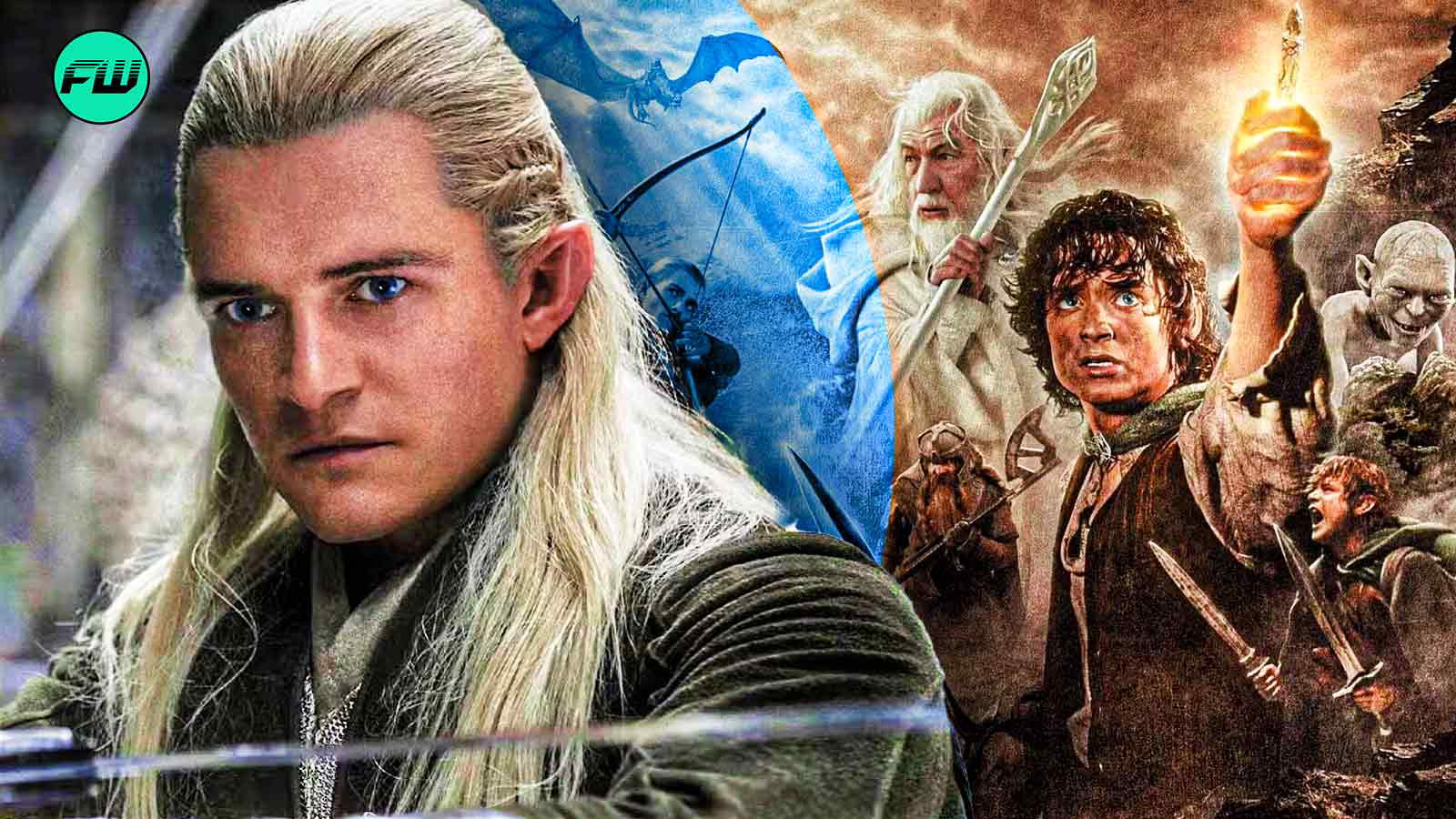






















 Bengali (BD) ·
Bengali (BD) ·  English (US) ·
English (US) ·